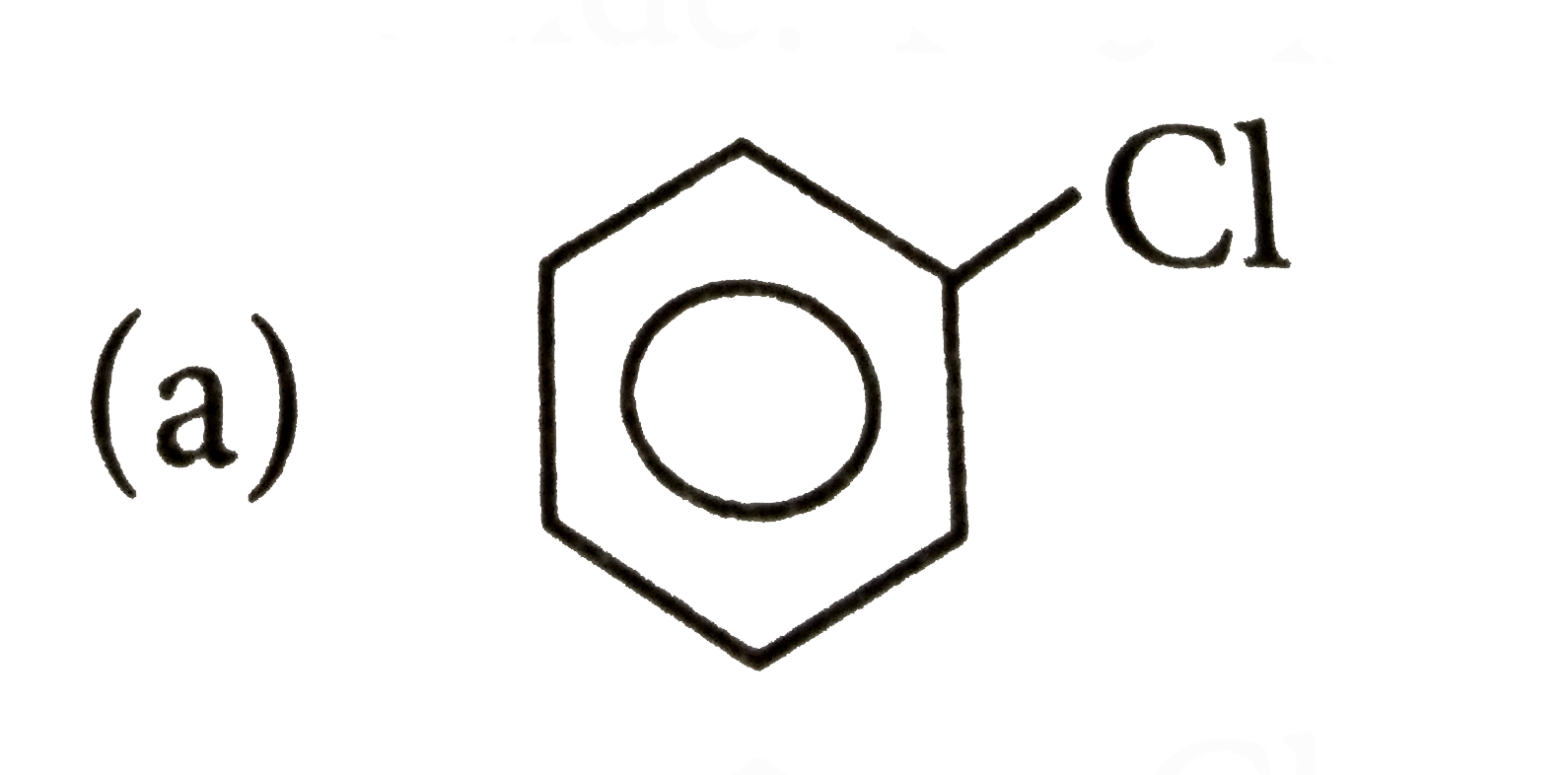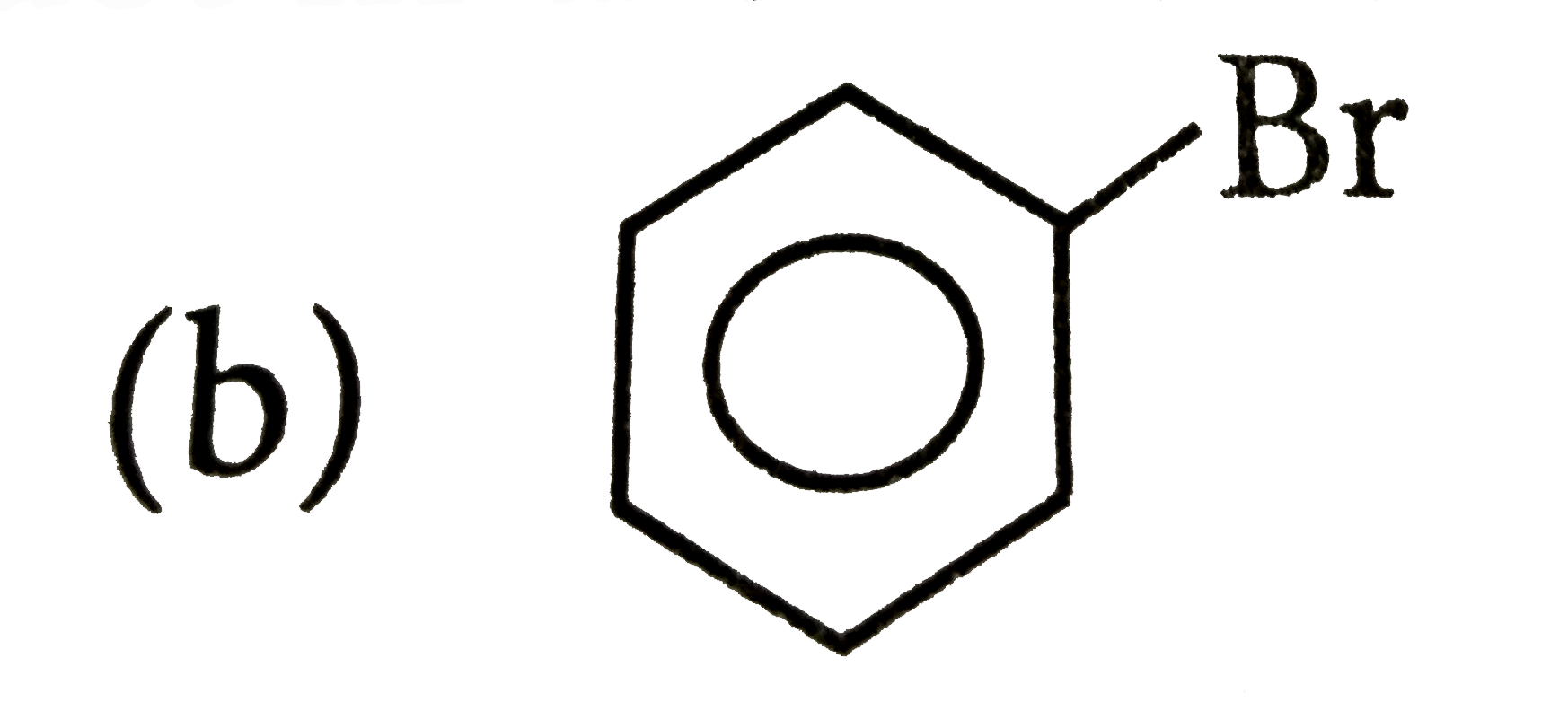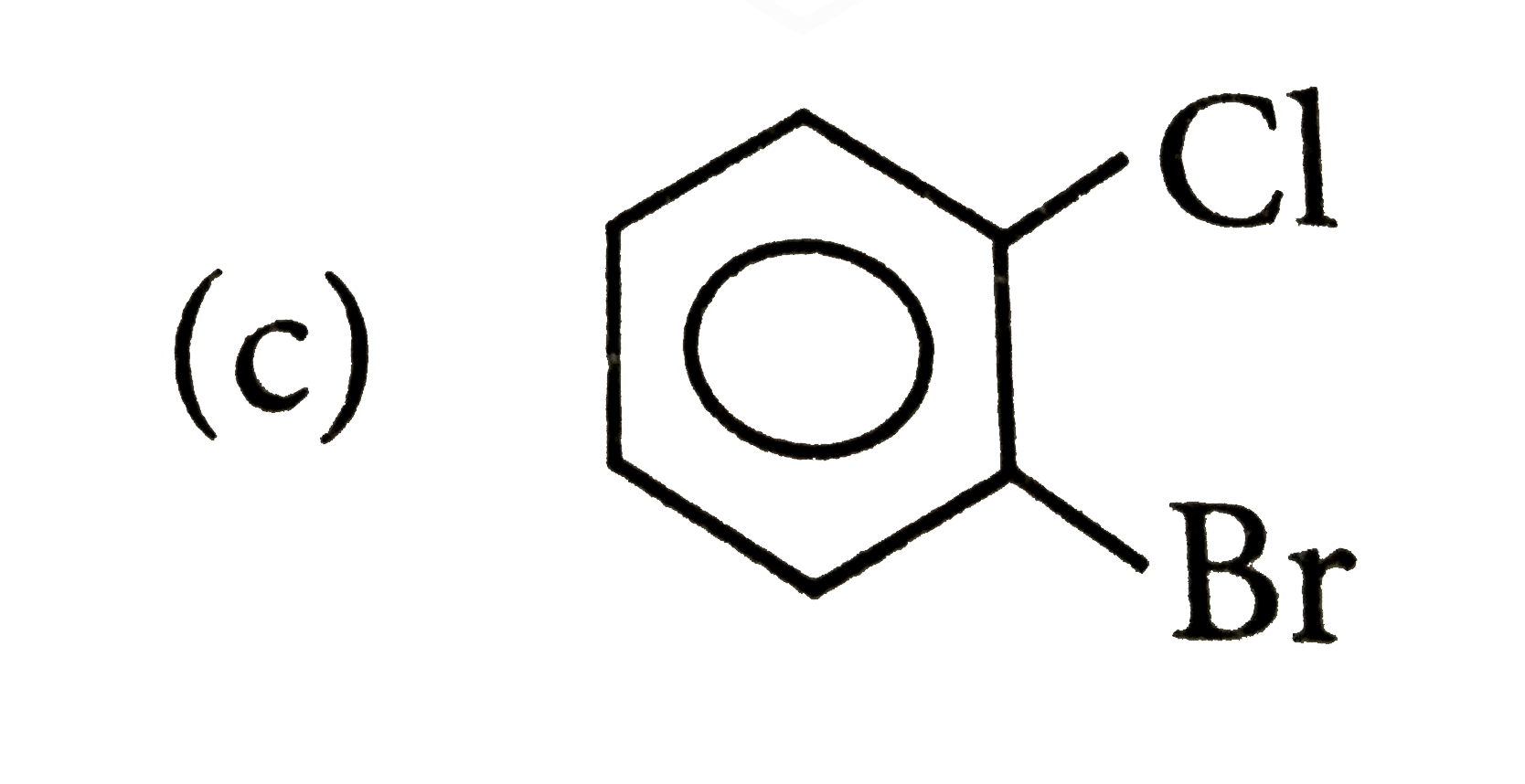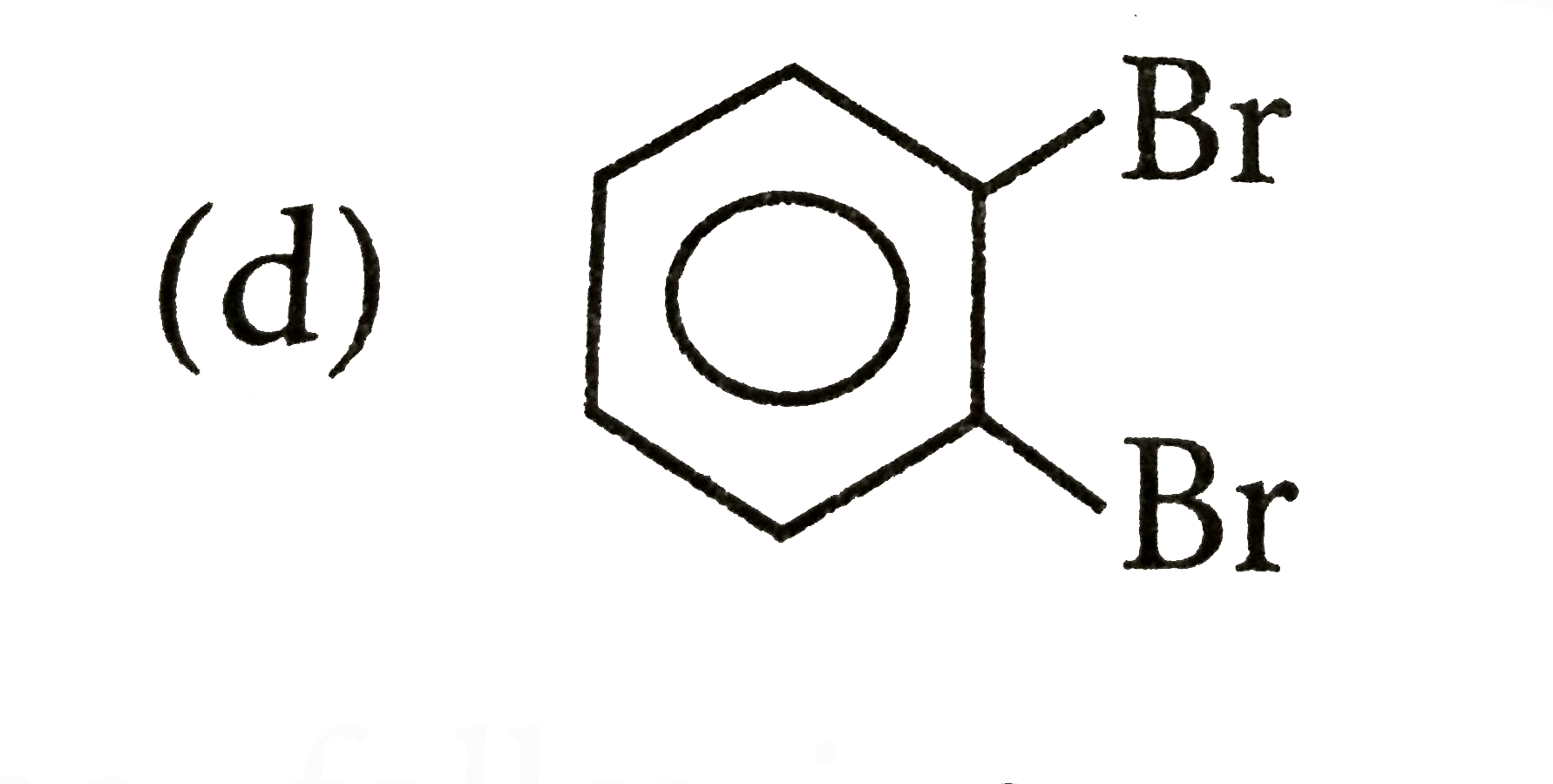o-Chloroaniline is treated with a mixture of NaNO2 and HCl and the product is reacted with cuprous bromide. The final product in the reaction will be




To solve the problem step by step, we will analyze the reactions involved in the transformation of o-chloroaniline to the final product.
Step 1: Identify the starting compound
The starting compound is o-chloroaniline, which has the following structure:
- A benzene ring with an amino group (-NH2) and a chlorine atom (-Cl) at the ortho position.
Step 2: Perform diazotization
When o-chloroaniline is treated with a mixture of sodium nitrite (NaNO2) and hydrochloric acid (HCl) at a low temperature (0 to 5 degrees Celsius), a diazotization reaction occurs. In this reaction:
- The amino group (-NH2) is converted into a diazonium salt (-N2+Cl-).
- The reaction can be summarized as:
o-Chloroaniline+NaNO2+HCl→o-Chlorobenzenediazonium chloride
Step 3: Structure of the diazonium salt
The structure of the resulting diazonium salt is:
- A benzene ring with a diazonium group (-N2+) and a chlorine atom (-Cl) at the ortho position.
Step 4: Reaction with cuprous bromide
Next, the diazonium salt is reacted with cuprous bromide (CuBr) in a reaction known as the Sandmeyer reaction. In this reaction:
- The diazonium group is replaced by a bromine atom.
- The reaction can be summarized as:
o-Chlorobenzenediazonium chloride+CuBr→1-bromo-2-chlorobenzene+N2(g)
Step 5: Identify the final product
The final product of this reaction is 1-bromo-2-chlorobenzene, which has the following structure:
- A benzene ring with a bromine atom (-Br) at the ortho position relative to the chlorine atom (-Cl).
Conclusion
Thus, the final product of the reaction is 1-bromo-2-chlorobenzene.
---
The starting compound is o-chloroaniline, which has the following structure:
- A benzene ring with an amino group (-NH2) and a chlorine atom (-Cl) at the ortho position.
When o-chloroaniline is treated with a mixture of sodium nitrite (NaNO2) and hydrochloric acid (HCl) at a low temperature (0 to 5 degrees Celsius), a diazotization reaction occurs. In this reaction:
- The amino group (-NH2) is converted into a diazonium salt (-N2+Cl-).
- The reaction can be summarized as:
o-Chloroaniline+NaNO2+HCl→o-Chlorobenzenediazonium chloride
The structure of the resulting diazonium salt is:
- A benzene ring with a diazonium group (-N2+) and a chlorine atom (-Cl) at the ortho position.
Next, the diazonium salt is reacted with cuprous bromide (CuBr) in a reaction known as the Sandmeyer reaction. In this reaction:
- The diazonium group is replaced by a bromine atom.
- The reaction can be summarized as:
o-Chlorobenzenediazonium chloride+CuBr→1-bromo-2-chlorobenzene+N2(g)
The final product of this reaction is 1-bromo-2-chlorobenzene, which has the following structure:
- A benzene ring with a bromine atom (-Br) at the ortho position relative to the chlorine atom (-Cl).
Thus, the final product of the reaction is 1-bromo-2-chlorobenzene.
Topper's Solved these Questions
- BOOK - NCERT FINGERTIPSCHAPTER - AMINES EXERCISE - NCERT Exemplar24videos
AMINES
- BOOK - NCERT FINGERTIPSCHAPTER - AMINES EXERCISE - NCERT EXEMPLER PROBLEMS1videos
AMINES
- BOOK - NCERT FINGERTIPSCHAPTER - AMINES EXERCISE - Preparation Of Amines5videos
AMINES
- BOOK - NCERT FINGERTIPSCHAPTER - ALDEHYDES, KETONES AND CARBOXYLIC ACIDSEXERCISE - Assertion And Reason15videos
ALDEHYDES, KETONES AND CARBOXYLIC ACIDS
- BOOK - NCERT FINGERTIPSCHAPTER - BIOMOLECULESEXERCISE - Assertion And Reason15videos
BIOMOLECULES
Similar Questions
Knowledge Check
- Question 1 - Select One
An amide is heated with a mixture of NaNO2/HCl, the gas product is
AN2OBN2CNH3DO2 - Question 2 - Select One
Anilie is treated with a mixture of NaNO2 and H3PO2, the product formed is
AAniline diazonium hypophosphiteBBenzeneCAnilinium hypophosphiteDAniline diazonium hypophosphite. - Question 3 - Select One
When 1−alkyne is treated with Na+Liq.NH3 and product is reacted with methyl chloride, the end product of the reaction will be
ALower alkyne having two carbon less than 1− alkyneBLower alkyne having one carbon less than 1−alkyneCHigher alkyne having one carbon more than 1− alkyneDHigher alkyne having two carbons more than 1−alkyne
Aniline was treated with NaNO2/HX at 273−278K and the product obtained was treated with Cu2X2. The final product obtained is
View SolutionIf acetylene is reacted with an excess of sodium metal in hexane and the reaction product is treated with 1-bromopropane , the final product will be
View SolutionOne mole of benzene is treated with an excess of ozone and the product formed is then treated with zinc dust and water. The final product formed is.
View SolutionPropene is allowed to react with B2D6 and the product is treated with acetic acid. The final product obtained is -
View SolutionWhen aniline reacts with NaNO2 and dil. HCl at 0∘−%2C, the product formed is
View Solution

